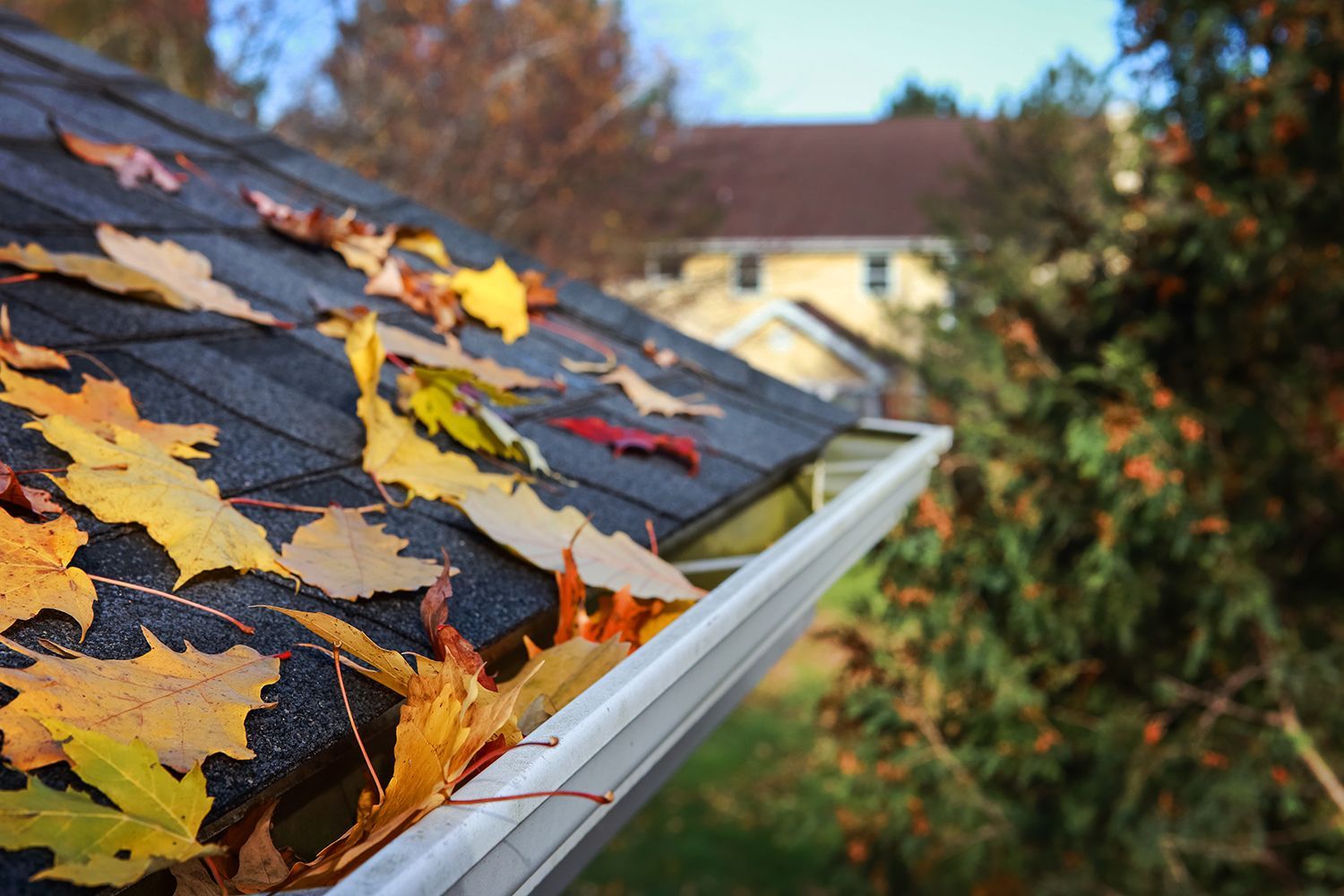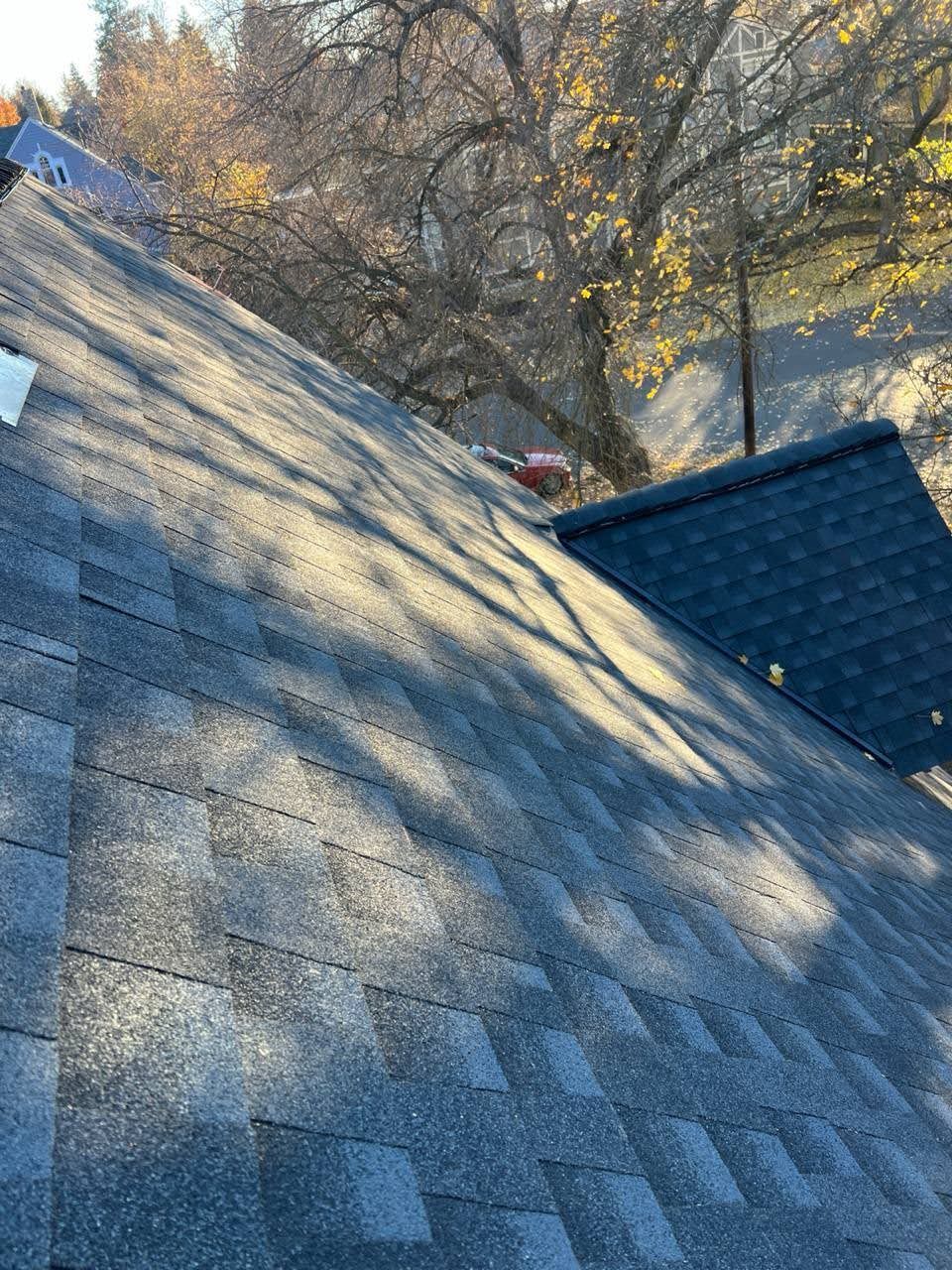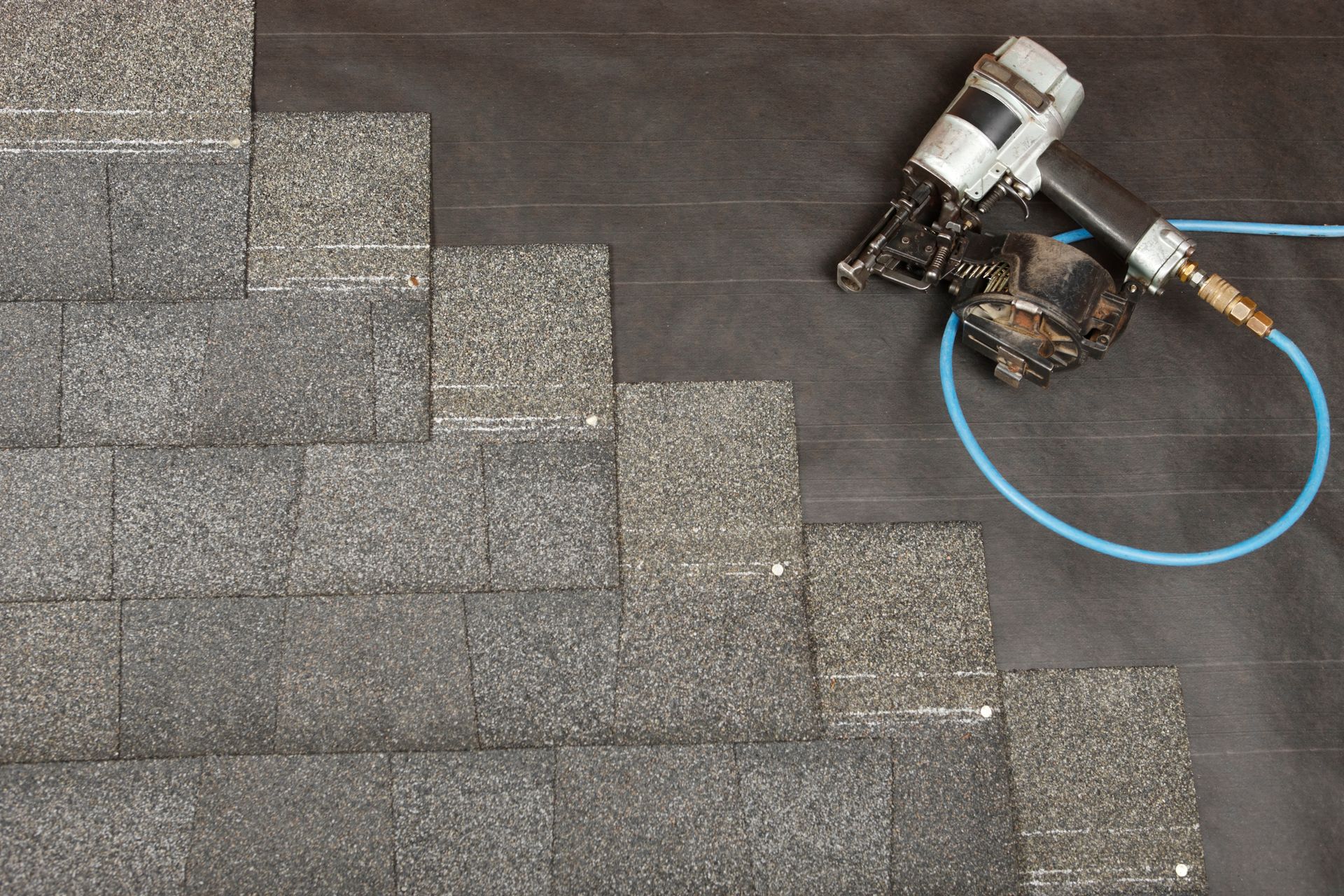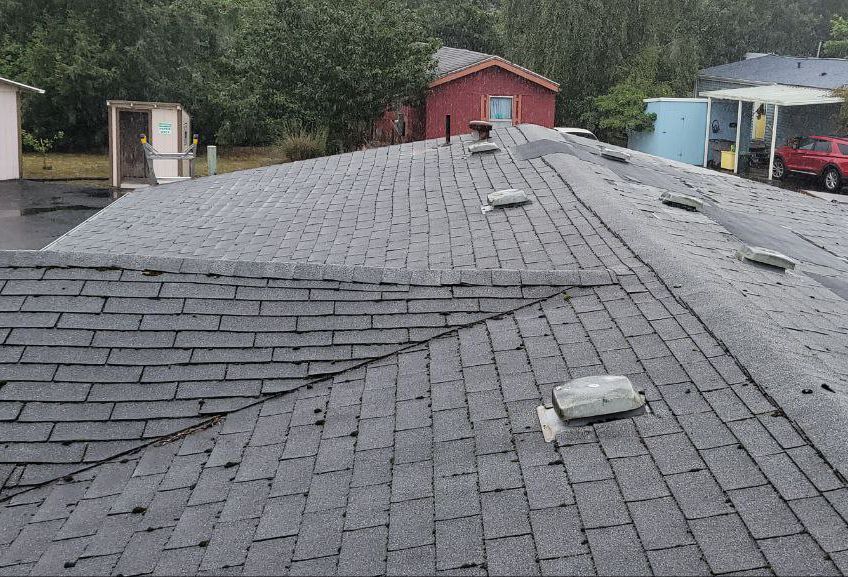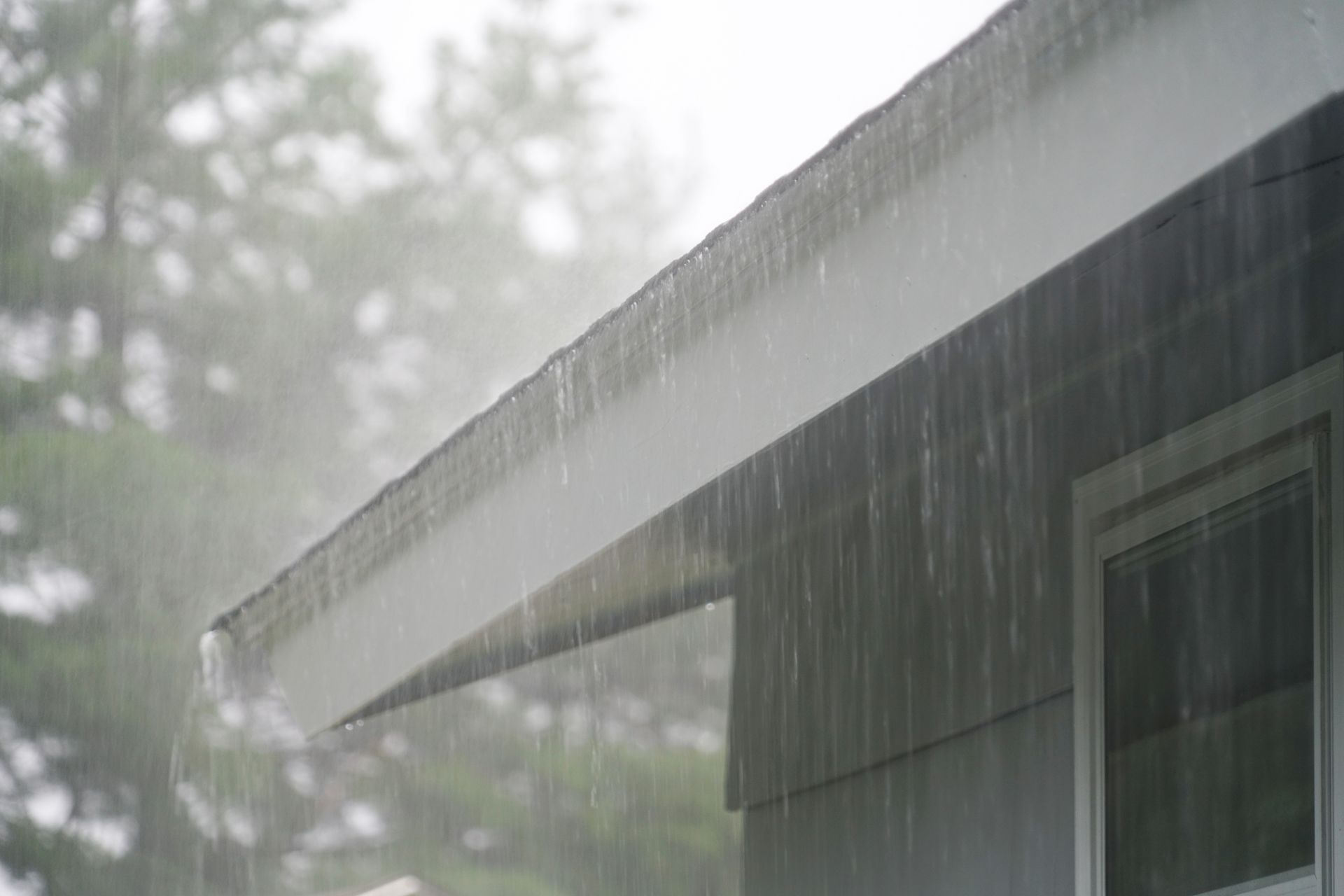How to Prepare Your Roof for the Rainy Season
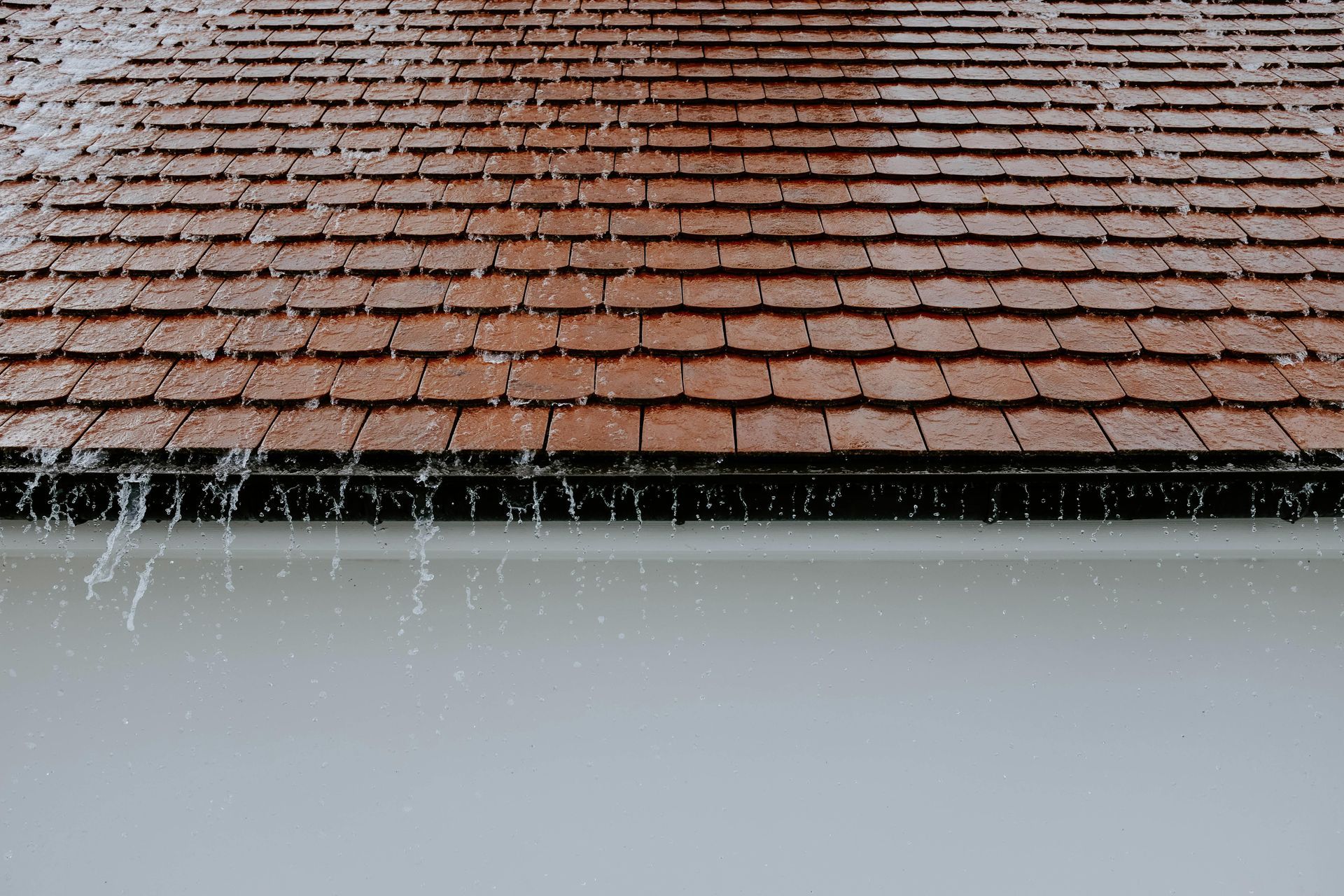
Fall often means cooler temperatures, vibrant colors, and abundant rainfall. While the Pacific Northwest’s weather is beautiful in its own way, it can also take a toll on your home if your roof isn’t ready. Preparing your roof now can prevent leaks, costly damage, and stressful emergencies once the storms hit.
Here are the top steps homeowners should take this fall to make sure their roof is ready for the rainy season.
1. Clear Out Your Gutters
Leaves, needles, and other debris accumulate quickly in the fall. When gutters are clogged, water can’t flow away from your roof; instead, it pools and seeps under shingles, potentially saturating the siding or foundation levels.
Roofing experts can easily remove debris, assess the surroundings to minimize clogging from various sources, and inspect your gutters for damage or issues. Without good drainage, you risk ice dams, overflow damage, and leaks.
2. Inspect Your Roof for Damage
Even small issues can worsen when rain begins. From the ground or (safely) on a ladder, look for shingles that are missing, cracked, curled, or loose. Also scan for dark streaks, uneven areas, or signs of granule loss in your gutters.
Don't forget to inspect the flashing (small metal pieces installed where your roof meets other areas) around chimneys, vents, skylights, and along roof edges. If the flashing is cracked, bent, or missing, those are common leak pathways. A professional roofer’s inspection is recommended, too, as trained eyes can spot subtle but serious flaws you might miss.
3. Trim Overhanging Branches
Tree branches near or above the roof pose dual threats. During wind or storm events, limbs can break and damage shingles or gutters. Meanwhile, branches that constantly block sunlight foster dampness and leaf drop, accelerating moss or algae growth.
Prune trees so they are several feet away from the roofline. Removing or thinning tree cover also lets more sunlight reach roof surfaces, helping them dry faster after rain, which deters moss and decay.
4. Address Moss and Algae Growth
In the Pacific Northwest, moss is a significant concern. Moss retains moisture, causing shingles to stay damp longer, which accelerates deterioration, wood rot, and leaks. Moss also has the power to lift the edges of shingles, creating gaps for water infiltration.
We already have a blog post about how to combat algae growth on your roof. Moss and algae certainly are not your friends, and don’t go away on their own, especially as it gets wetter. Hiring a professional to remove moss and algae now can save you a significant amount of money later.
5. Check Your Attic and Ventilation
Good roof health starts from below. In the attic, look for water stains, mold, or sagging sheathing (the wooden boards that make up the roof's framing) as signs that moisture is creeping in. Poor ventilation or insulation can trap warm air, resulting in condensation, which leads to rot, mold, and structural problems.
Proper venting lets moist air escape, and insulation keeps your home temperate, reducing strain on the roof. In colder seasons, better ventilation also helps prevent ice dams by maintaining a more even roof temperature.
Stay Ahead of Rain With Swift Exteriors
By following these five steps, homeowners can significantly reduce the risk of leaks, structural damage, and emergency fixes during the rainy season.
If you’re unsure or prefer a professional assessment, get a free roof quote today to guarantee your roof stays strong till the rain goes away. Swift Exteriors takes pride in quality roof replacement services throughout Washington State. Think ahead, Think Swift.
